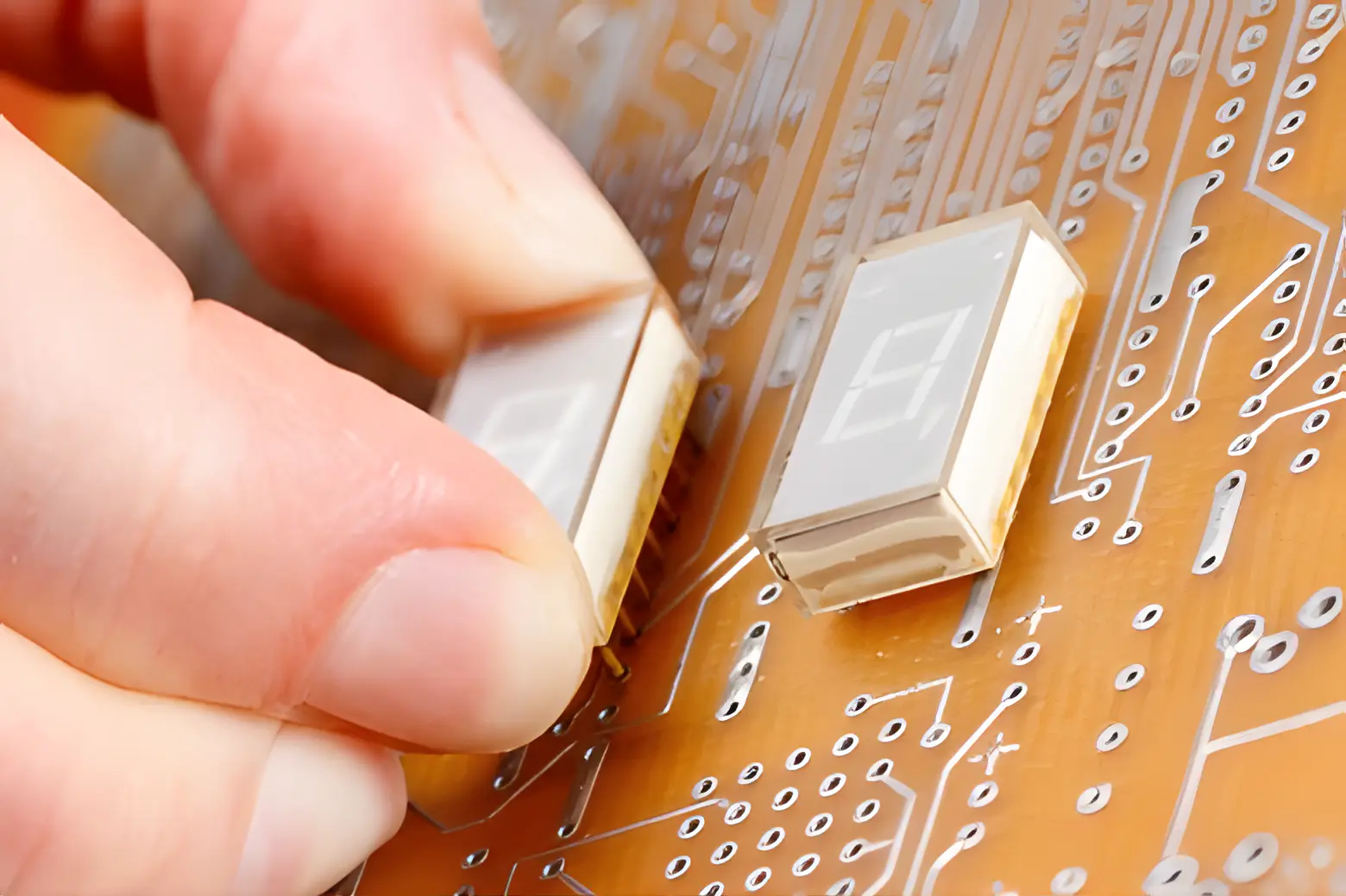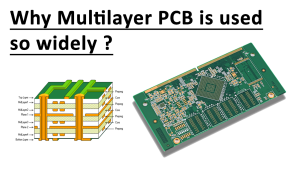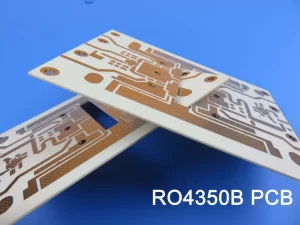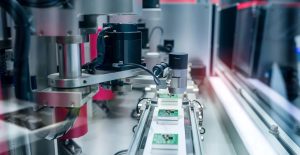目录
ToggleIntroduction to Ceramic PCB Technology
Printed circuit boards (PCBs) are the backbone of modern electronics, providing a platform for components to be connected and interact with each other. Ceramic PCBs are a type of PCB that are made from ceramic materials, such as alumina, beryllia, and aluminum nitride. These materials offer a number of advantages over traditional PCBs, such as improved thermal conductivity, higher dielectric strength, and better electrical insulation. Ceramic PCBs are becoming increasingly popular in power electronics applications, as they can provide improved performance and reliability.
Advantages of Ceramic PCBs for Power Electronics
Ceramic PCBs offer a number of advantages for power electronics applications. The most notable advantage is their improved thermal conductivity, which allows them to dissipate heat more efficiently than traditional PCBs. This can help to reduce the risk of component failure due to overheating, as well as improve the overall efficiency of the system. Additionally, ceramic PCBs have a higher dielectric strength than traditional PCBs, which can help to reduce the risk of electrical shorts and other issues. Finally, ceramic PCBs have better electrical insulation than traditional PCBs, which can help to reduce the risk of electrical interference.
Challenges of Ceramic PCBs for Power Electronics
Despite the many advantages of ceramic PCBs, there are also some challenges associated with their use. The most significant challenge is their cost, as ceramic PCBs are typically more expensive than traditional PCBs. Additionally, ceramic PCBs are more difficult to manufacture than traditional PCBs, as they require specialized equipment and processes. Finally, ceramic PCBs are more brittle than traditional PCBs, which can make them more prone to damage during installation and use.
Conclusion: Exploring the Benefits of Ceramic PCB Technology for Power Electronics
Ceramic PCBs offer a number of advantages for power electronics applications, including improved thermal conductivity, higher dielectric strength, and better electrical insulation. However, there are also some challenges associated with their use, such as their cost and brittleness. Despite these challenges, ceramic PCBs can provide improved performance and reliability for power electronics applications, making them a viable option for many applications.
https://www.facebook.com/profile.php?id=100086889766737
Ceramic PCB





